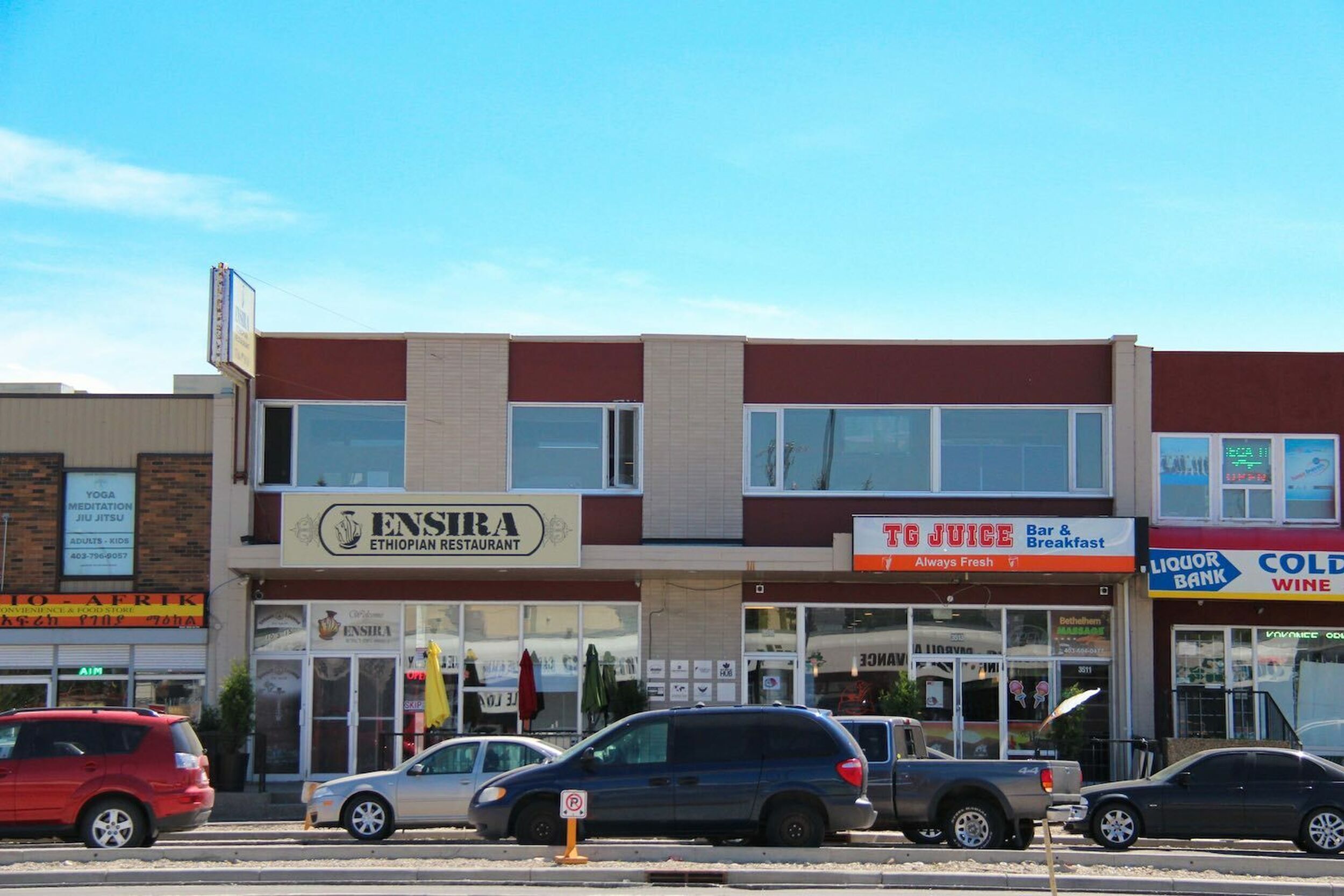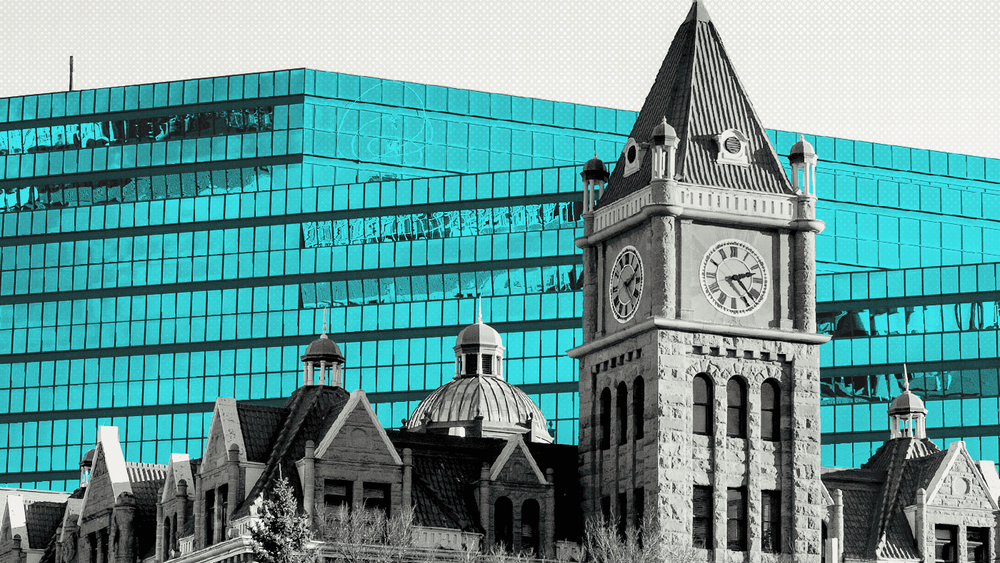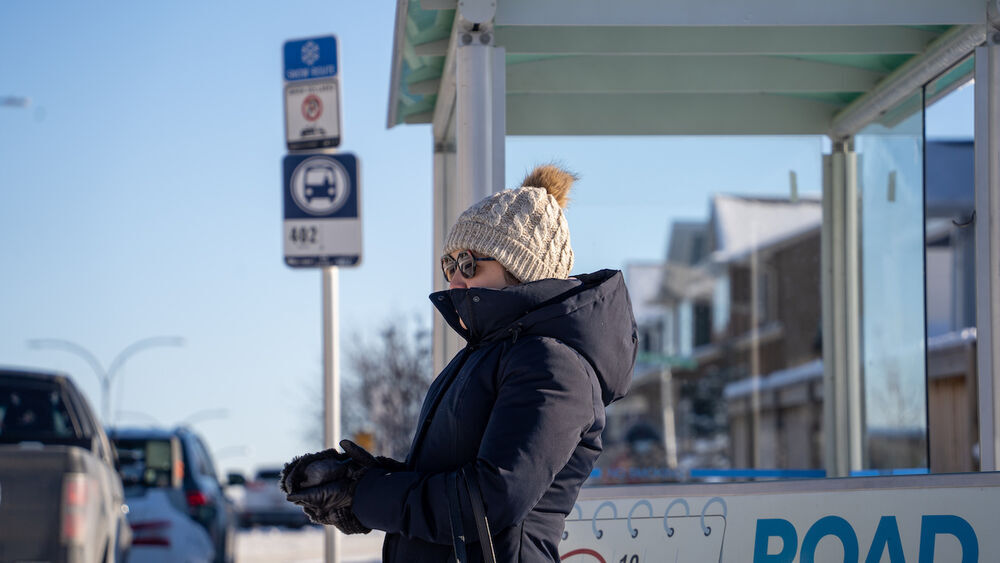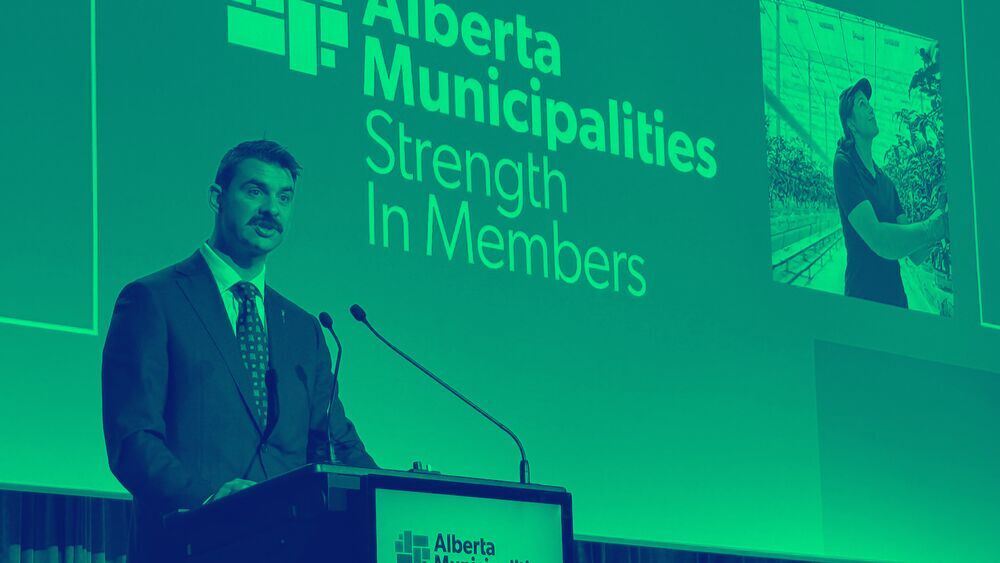
Businesses along International Avenue (17 Ave SE). Photo: Jeremy Klaszus
East Calgary is not a culture tour
Time to stop treating it like a tourist destination.
Calgary, I’ve worked very hard to love you—all of you. I love that you’re not Edmonton. I love landing in YYC and being greeted by those cute old people in white cowboy hats. I love that I can flip on the radio and hear the same voices that I listened to growing up (shout out to Fuzzy from 98.5; I refuse to call it anything other than “Vibe”).
I love a lot of things about you, but there are a lot of things about you that make me want to move to Toronto and never look back.
The unacknowledged smiling racism and casual microaggressions, for example. The fact that the weather revolves around two seasons: smoke inhalation and it’s-too-cold-to-breathe. And the way that the rest of the city treats the east end—you know, the “poor” parts. I’m talking about Rundle, Forest Lawn, Dover, Marlborough, etc.
So, Calgary, can we talk about that please?
I’ve spent the entirety of my life in the northeast. I was born in Peter Lougheed hospital and I haven’t ever lived further than 10 minutes away from it. One of my most distinct memories growing up is looking outside of my window at night towards the illuminated Marlborough Mall “M.” My first job was at the Marlborough Walmart and my first driving lesson was in the Costco parking lot.
All this to say, I’m a NE kid to my core. Wherever I go I carry it with me, whether I like it or not.
'Where do you live?'
I started noticing it in elementary school. I actually didn’t attend a school in my district until high school; before then, my parents were set on sending my brother and I to the “best” (whitest) schools in the city. So I spent a lot of my childhood and pre-teen years existing in two worlds.
My elementary school was in the deep south (as in, “wake up at 5 a.m. to catch the bus” south) and as you could probably guess, it was really white. Aside from my cousin and little brother, I could count the ethnic kids on one hand. And it was a great school. I have a lot of great memories and I like to think that it played a big role in who I am now. But it was around grade four when I began to feel a tinge of embarrassment when the bus would cross into Marlborough.
As I grew, that “tinge” grew with me until it was an all-consuming shame—the panic and hesitation I felt before answering, “Where do you live?”
I’m a NE kid to my core. Wherever I go I carry it with me, whether I like it or not.
By the time I hit junior high, I learned to avoid the topic all together, except around other NE kids. It sounds dramatic, I know. But when you internalize shame at such a young age, it becomes a part of you and the way you interact with the world.
If you’ve had the privilege of existing without a double-consciousness, you may be wondering where my shame originated. If it isn’t obvious: the NE—once again, “poor” neighbourhoods—has a dense concentration of people of colour (POC). We like to stick together for protection and comfort. And this means that we are associated with poverty, crime and some other less-than-desirable nouns.
This is how society codes neighbourhoods and areas that have larger populations of people of colour. And I caught onto that vibe very early on.
For much of the city, the east is a wisecrack: it’s dangerous over there! (Cue the “are those gunshots or Stampede fireworks?” jokes.) Sometimes this is expressed out loud in public, other times in the confines of a safe SW basement.
My shame manifested in a multitude of ways. When I was getting ready to transition into high school, I was faced with the realization that I would have to go to Forest Lawn. All of the fear and shame that I had accepted into myself bubbled up. I really thought someone was going to force drugs down my throat.
Since I live in the NE, I should have known how irrational that fear was, but that’s how deep the hate went. What followed were years of confusion, self-hate and identity crisis. I eventually, thankfully, got to a place where I could be proud of the NE, and while I still have my moments, I generally don’t let the world determine what my neighbourhood is like or what I’m like for growing up there.
Changing the northeast narrative
This has been a long journey and it’s taken a lot of internal work to get to a place where I’ve been able to address my shame surrounding the NE, its root and how it ties into my identity as a visible minority.
Which is why the first time someone said “I’ve been to the northeast before! You guys have the best shawarma,” I felt the tinge return. But it wasn’t embarrassment this time. It was anger.
I know that many white people are well-meaning. I know that intentions are innocent. I know someone might just like shawarma. I know, I know, I know.
We want you to come to the NE, we want to break pita with you, and as someone who was bullied into forfeiting my amazing ethnic lunches for basic-ass peanut butter and jelly sandwiches, I love that you’re down to try new things.
That’s my “angry ethnic” disclaimer, so please don’t be hurt by this next part.
The issues need to be addressed at their core: POC-dense parts of the city are neglected and subjected to stereotypes.
White Calgary: you can’t treat the east like a tourist destination. You just can’t. It’s not a badge of honour to spend time here. I can’t count how many times “I’ve been to the northeast!” has been followed by an awkward-smile silence, waiting for me to validate how “cultured” someone is. It’s not my job to erase your white guilt by acknowledging that you got food on International Avenue once.
There are real issues out here: the City barely pays attention to us if it’s not to gentrify parts of the east end to make it comfortable for your explorations into ethnic Calgary. When it comes to snow removal, we’re left off of the map. People are being profiled and the police operate under the assumption that there’s always something malicious going on here (despite the commercial core and Beltline having more crime).
It’s not enough to come here for an ethnic experience. The issues need to be addressed at their core: POC-dense (people of colour) parts of the city are neglected and subjected to stereotypes. These narratives have been built into our city, and they can’t be ignored anymore.
I’m not saying this is something that can change overnight. These are things that have a deeper root: racism. These narratives stem back to colonialism.
But we can’t keep acting like the east end of the city is either the slums or a culture tour.
Being able to see how racism, xenophobia and institutionalized oppression play into our city can get discouraging. I’ll be the first to admit that at times, I’ve let myself settle into hopelessness as a cop-out to not do anything. But the future of Calgary is bright. The fact that a platform exists in which I’m able to explore these narratives speaks volumes.
The city is changing for the better. People of colour are getting the chance to speak. And more Calgarians are finally ready to listen.
Hadeel Abdel-Nabi is a freelance journalist and writer based in Calgary. Her work has been published in VICE, Avenue Calgary, HuffPost and elsewhere.
If you value independent Calgary journalism and fresh perspectives on the city, please sign up as a monthly supporter of The Sprawl! We're crowdfunded, ad-free and made in Calgary.
Support independent Calgary journalism!
Sign Me Up!The Sprawl connects Calgarians with their city through in-depth, curiosity-driven journalism. But we can't do it alone. If you value our work, support The Sprawl so we can keep digging into municipal issues in Calgary!



